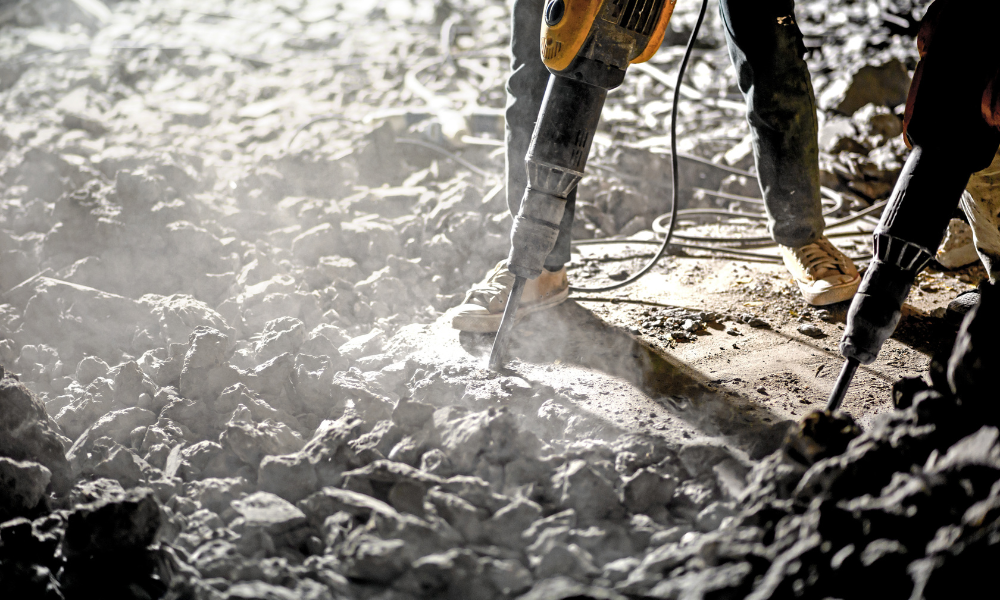For young people, work must be 'both physically and mentally appropriate for their age'

British Columbia is changing, for safety reasons, its employment standards to limit the jobs in construction and other industries that young workers can do.
Starting Jan. 1, 2023, workers must be at least 16 years old to get a job in construction and jobs that might require them to work from heights that require fall protection. They must also be of this age to work in silviculture and forest firefighting.
Meanwhile, workers must be 18 years old or older to do powerline construction or maintenance where an electrical hazard exists; work in which a worker is or may be exposed to potentially harmful levels of asbestos; and work in a confined space or underground.
Read more: Construction chief urges caution and patience in hurricane aftermath
Other works where the age of 18 is required include:
tree falling and logging;
- using a chainsaw;
- work in a production process at a pulp, paper, saw, shake or shingle mill;
- work in a production process at a foundry, metal processing or metal fabrication operation, refinery or smelter;
- oil or gas field servicing and drilling;
- work with dangerous equipment in fish, meat or poultry processing facilities;
- silica process/exposure to silica dust;
- exposure to harmful levels of radiation;
- work requiring a respirator.
Current employees who are within six months of reaching the prescribed age will be excluded from the age requirements.
The new rules are welcome for Jessica Kruger, owner of Vancouver’s The Stubborn Baker, who at age 15, was beginning her second week as a house painter. By then, she fainted and fell two storeys off a ladder, suffering life-altering injuries.
Read more: Construction of continuing care facility halted due to safety concerns
“Being so young, I felt like I had a lot to prove and never questioned the safety of any of the jobs I was required to do - there were no restrictions in place demanding I wear a harness and I didn’t know any better,” Kruger said. “If these regulations had been in place in 2008, I probably wouldn’t require a wheelchair today, so I applaud the B.C. government for working to protect young people now and moving forward.”
The age restrictions will not apply to industry training programs overseen by SkilledTradesBC.
To develop the new rules, ministry staff examined WorkSafeBC injury data and other jurisdictions’ labour laws relating to hazardous employment. B.C. also consulted with industry, labour, safety and skills training groups, as well as the public on the draft rules.
Read more: B.C. consulting on jobs that are too hazardous for young workers
In B.C. the average annual injury rate in 2021 was 2.2 per 100 workers, but some jobs have much higher injury rates. Framers in the construction industry, for example, have an injury rate of 7.8 per 100 workers.
Also, workers in abattoirs have an injury rate of 15.7 and manual tree fallers/buckers have an injury rate of almost 20 per 100 workers.
Between 2012 and 2021, WorkSafeBC paid out more than $26.4 million in job-related disability claims for workers who were 16 to 18 at the time of the injury.





